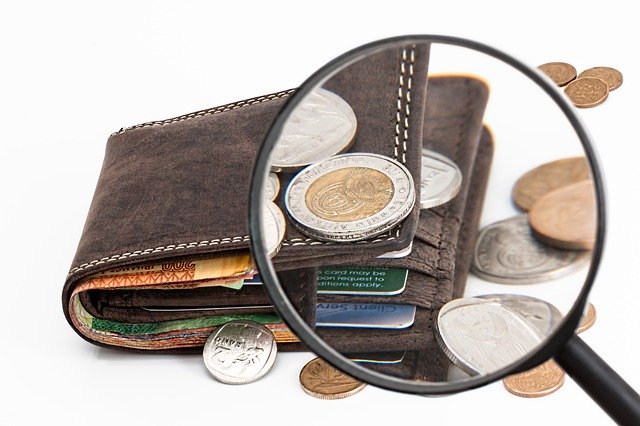When it comes to personal budgeting, most of the secrets that planners use was borrowed from corporate accounting. That’s why techniques like zero-basing, cost-minimizing, detailed tracking and others are so effective. They have been time-tested and proven for more than a century in the business world. In truth, they’re not really secrets to everyone. If you take a financial accounting class, you’ll learn them all. There are plenty of nuanced approaches for minimizing expenses, maximizing income and making all the numbers come out even. In a nutshell, here are the five most effective ways to make your budget into a helpful tool that will serve you for years to come.
Use a Zero-Based Spreadsheet System
Zeroing, as accountants call it, is the act of matching expenses to income. If you have more of one than another, there’s a way to adjust the totals. When you list every one of your expenses and all of your income sources, exactly as they are, you’ll likely come up with a bit more on one side of the ledger. When earnings are greater than expenses, create a savings or investment account to pick up the slack to avoid a debt burden on your financial life. Likewise, if what you spend is more than what you bring in, you’ll be forced to eliminate or reduce at least one category of spending.
Track All Income and Spending for One Month
The first step is to list all the sources of inflow and outflow of funds in your monthly cycle. That means everything. Most people know the large items by memory, like rent or mortgage payments, car payments, insurance premiums, etc. But be sure to include categories for all spending activity, like clothing, entertainment, meals out, dental, other medical, vacations, gambling, groceries, and others. Track all the pennies and dollars, and where they go, for one month.
Refinance Student Loans to Save on Expenses
When attempting to reduce what you spend, it’s a good idea to look at whether you can refinance your student loans. A typical refi can apply a slightly lower interest rate, lower monthly payments, and a longer time to repay. It’s a smart way to simply restructure the debt you have in order to help reduce one of your financial outflow streams.
Don’t Adjust Amounts for Three Months
After tracking for a month, creating a category for each type of spending and income, and reducing a few of your cyclical costs, stick with the program for three months and see how you do. Don’t adjust anything but do make notes if you find it hard to adhere to the goals you have set.
Adjust at the End of 90 Days
Be brutally honest with yourself when making adjustments to the final budgetary list. Ask yourself what items can you reduce or eliminate. Is it possible to live without a health club membership? Do you really need that extra car? And are there any ways to boost your inflow of cash, perhaps by getting a second job or investing more wisely? In any case, create your permanent budgeting spreadsheet after the three months are up and use it for at least one year.




